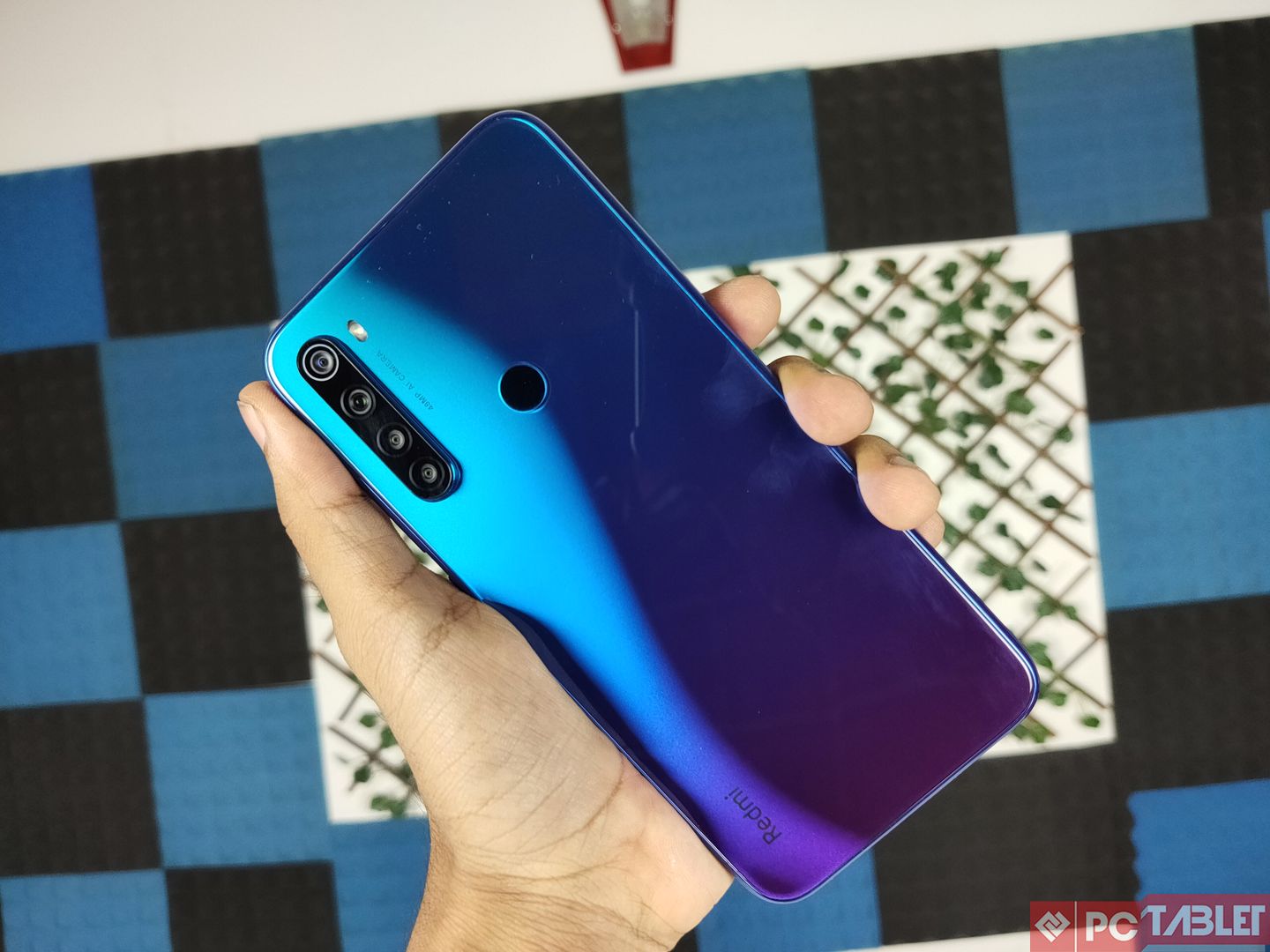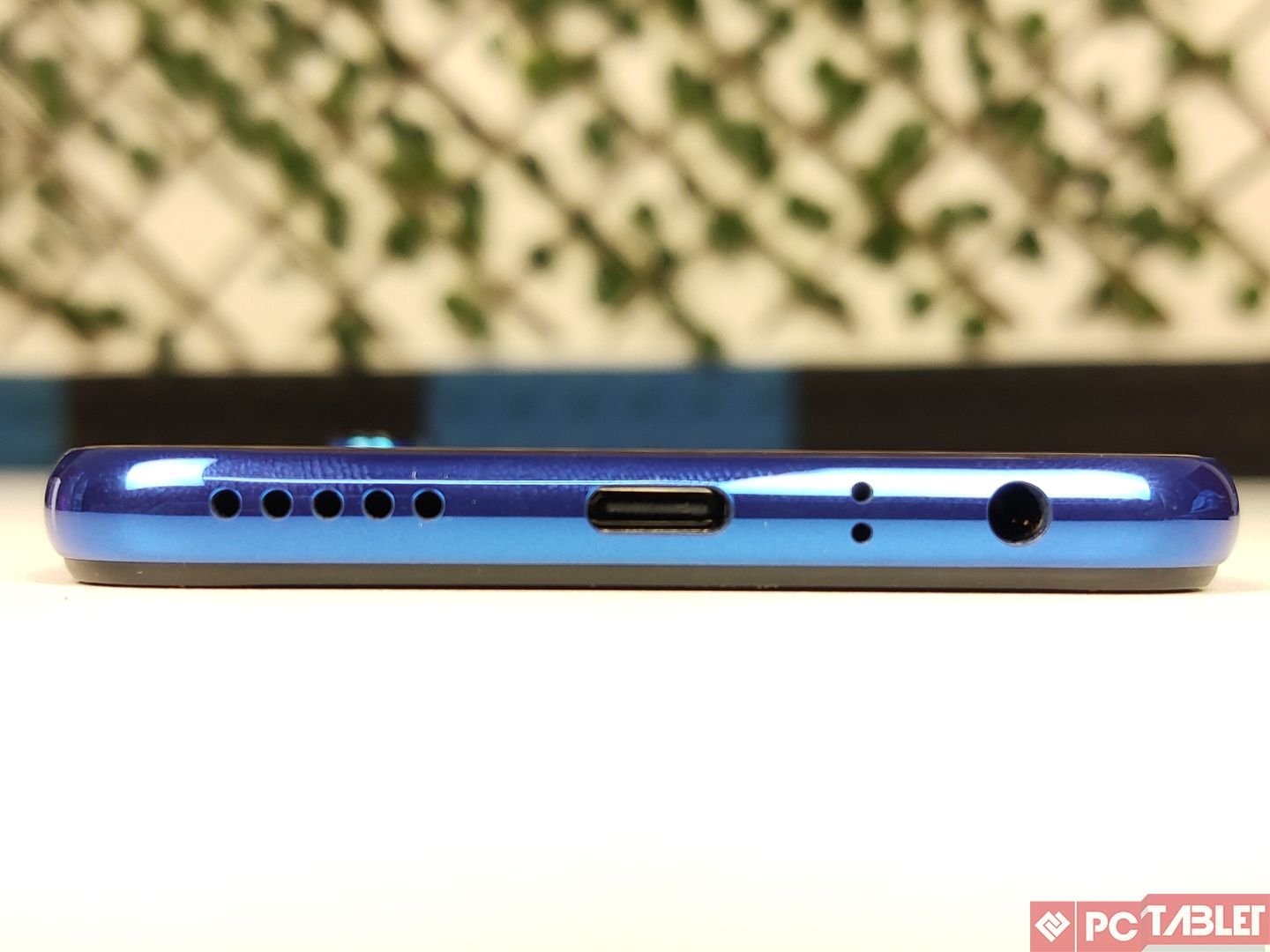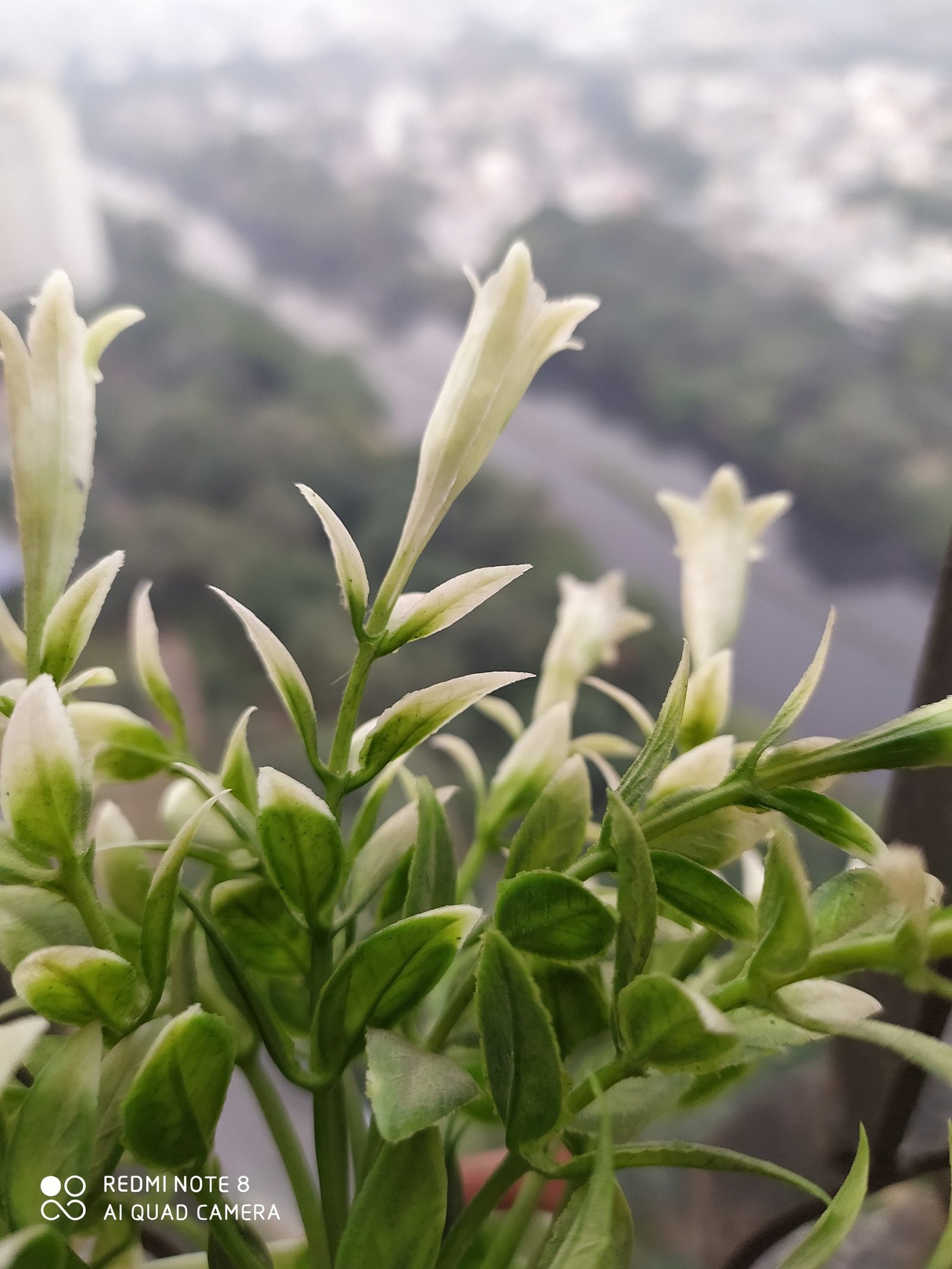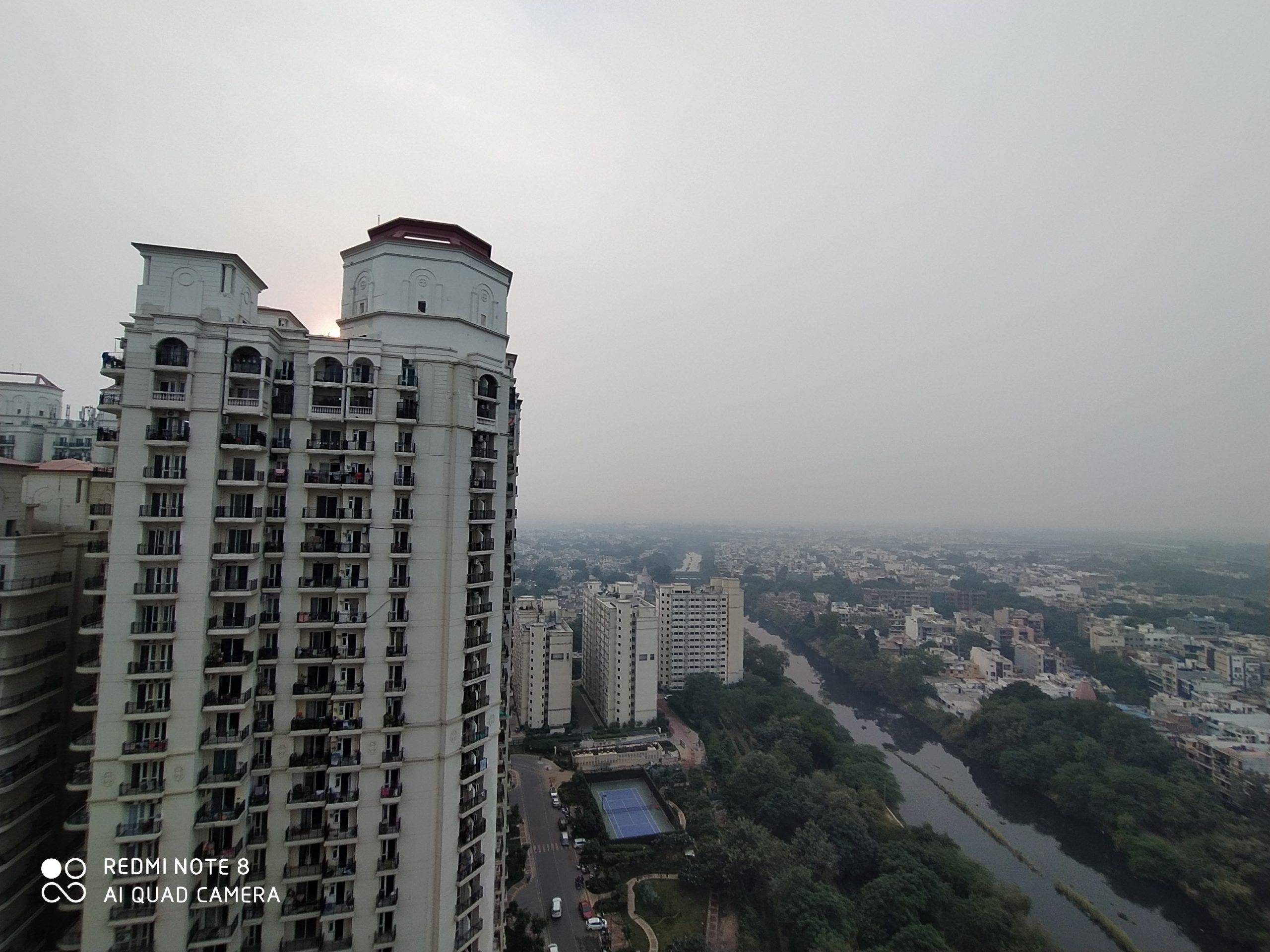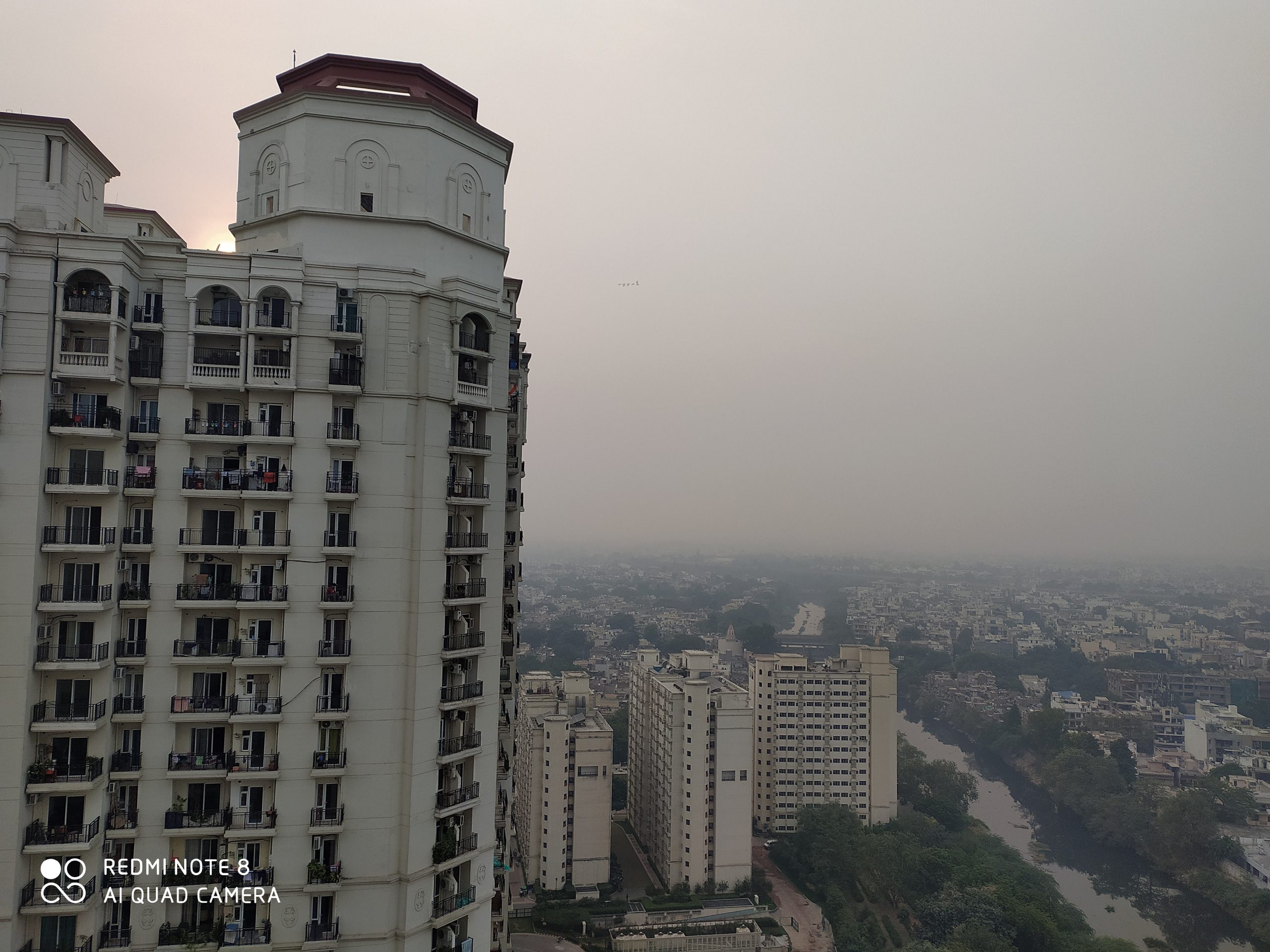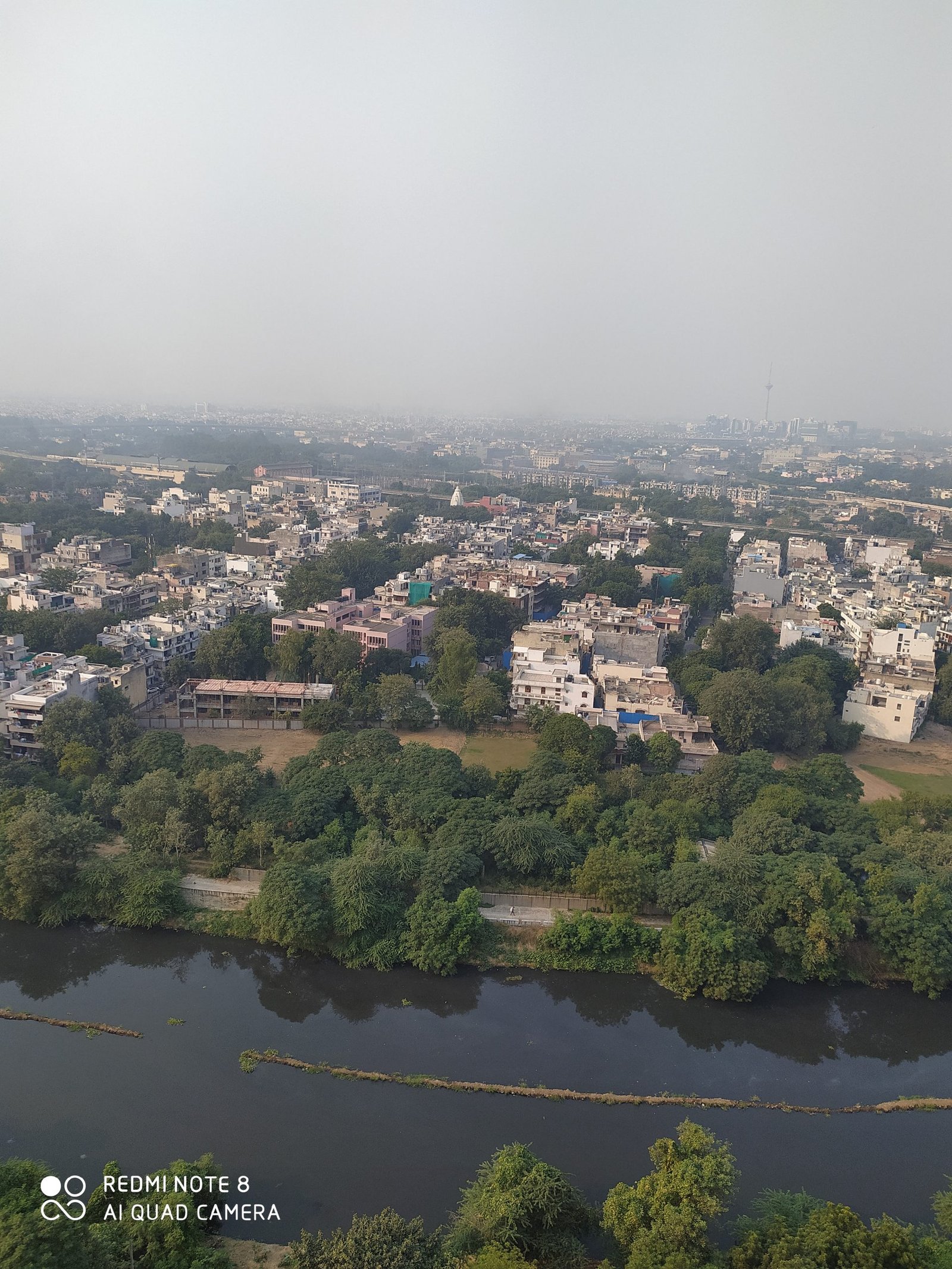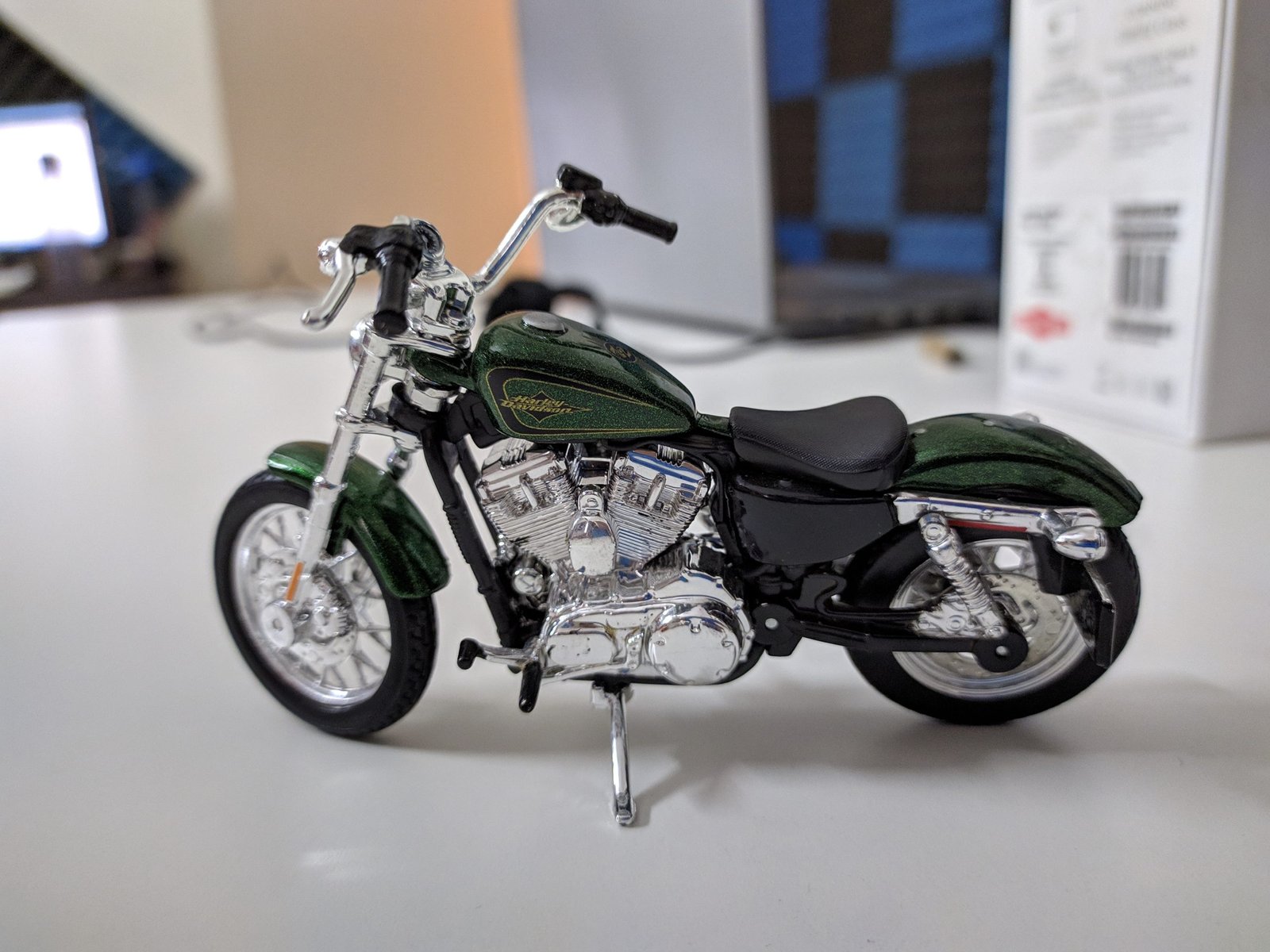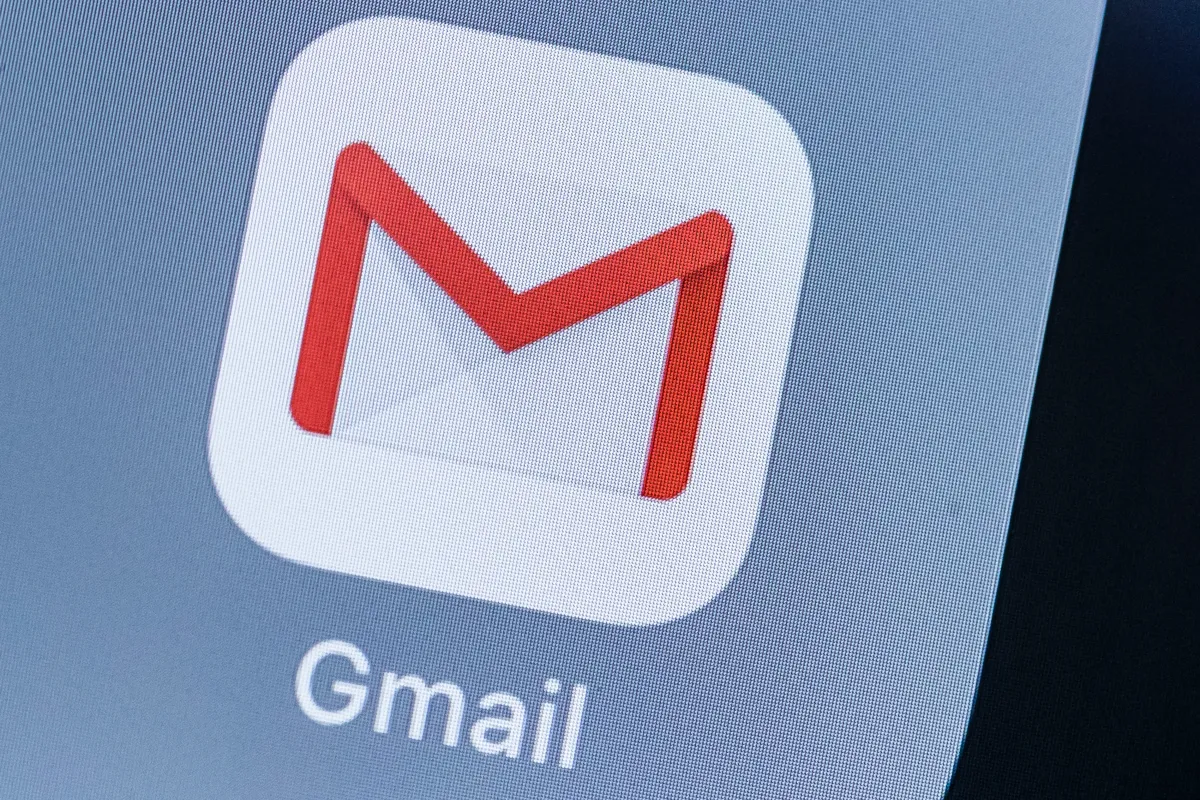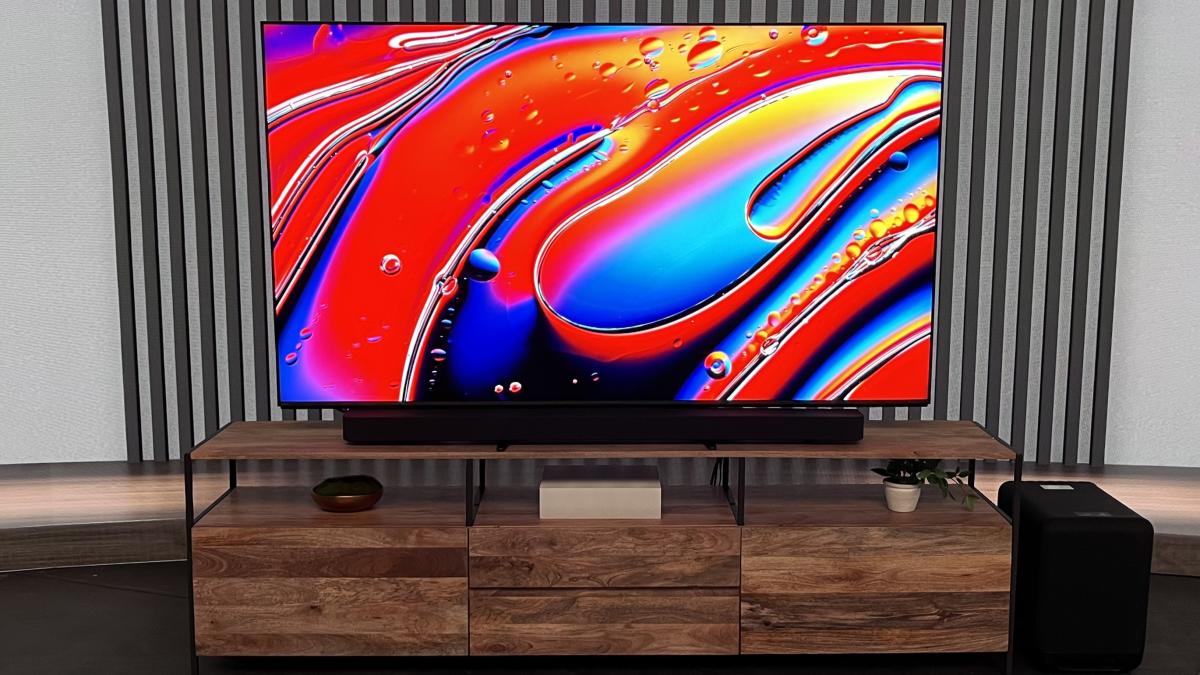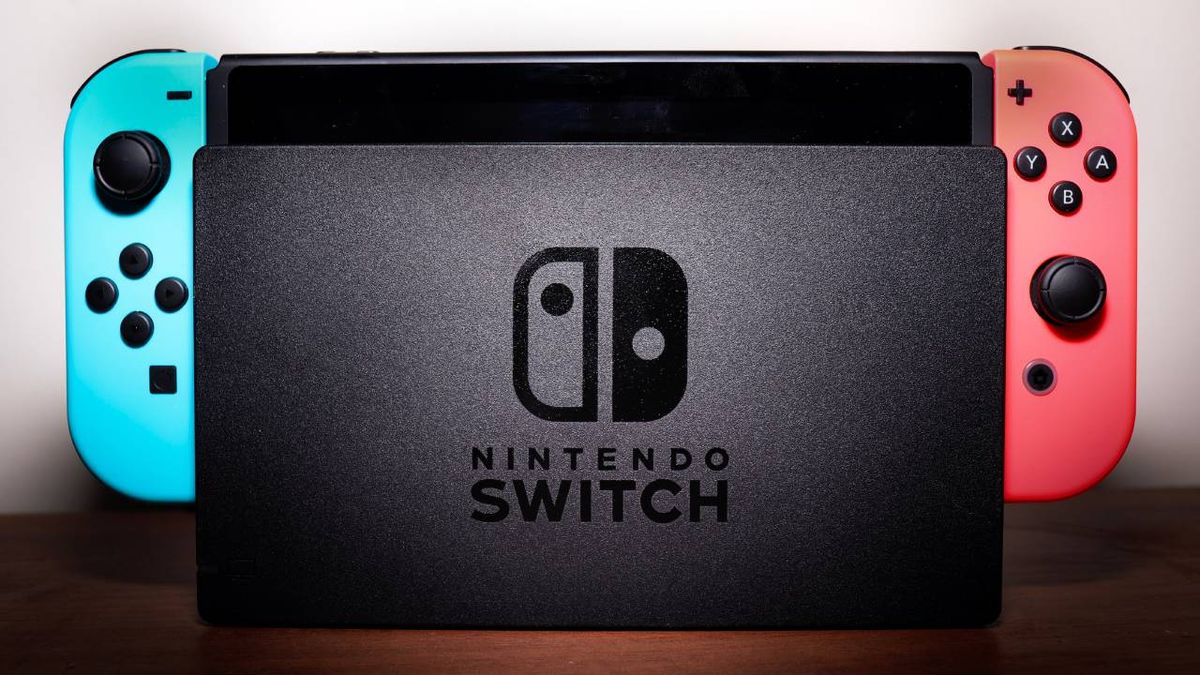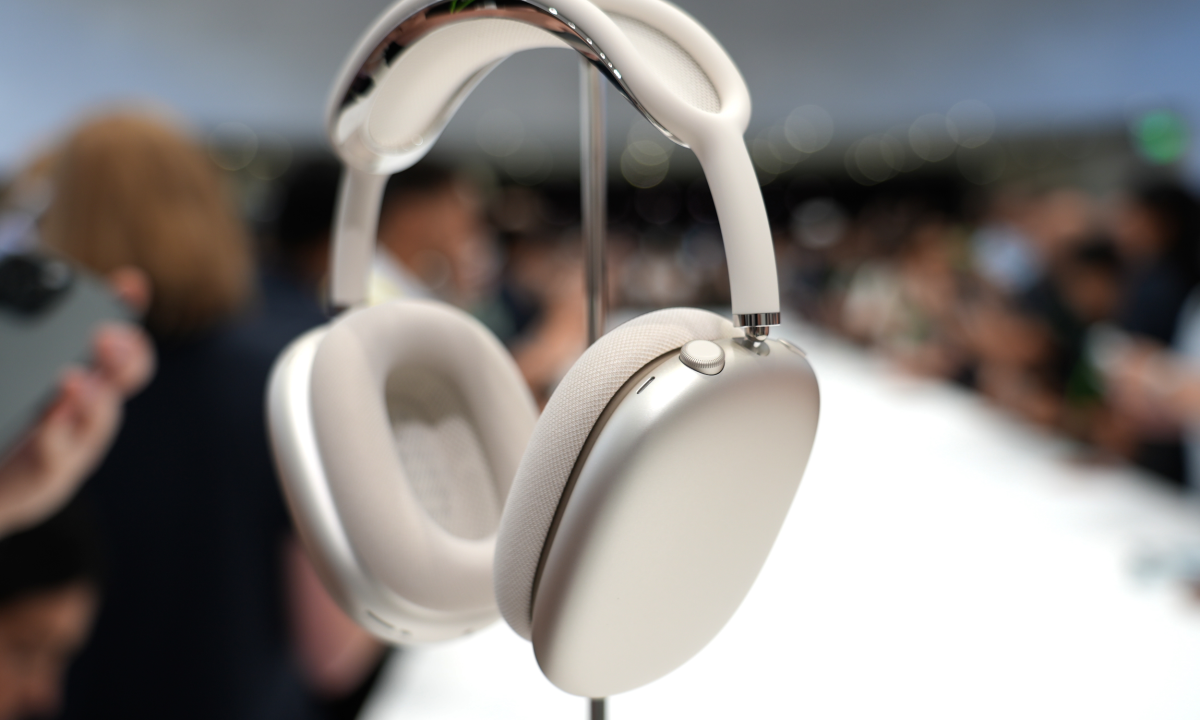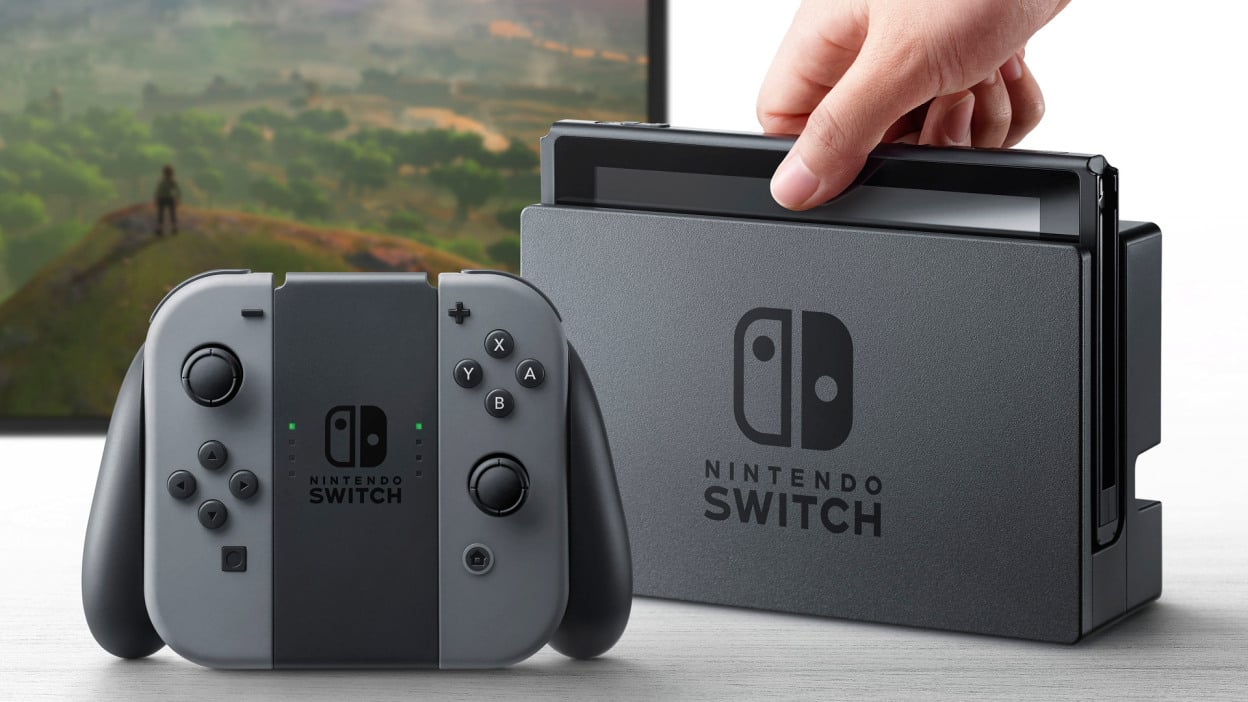The Note-series has definitely played a huge significance in shaping Xiaomi’s dominance in the Indian market. The company has been launching smartphones back to back, aiming to be the absolute value for money benchmark in the mid-range segment.
However, things have gone far down the lane, with brands like Realme, and Vivo giving a resilient competition to the once known budget king. To counter the same, Xiaomi lately launched the Redmi Note 8 as a successor to the Note 7. But, is it more than just an incremental upgrade? Well, let’s check out the same in our detailed Redmi Note 8 review.
Xiaomi Redmi Note 8 Specifications
Before we start with the Redmi Note 8 review, let’s go through the specifications, price and see what comes in the device’s retail box.
- Display: 2.5D curved 6.3-inch IPS LCD display, FHD+ (1080 x 2340 pixels), 19:5:9 aspect ratio, 409ppi, 81.7% screen-to-body ratio
- Display Protection: Corning Gorilla Glass 5
- CPU: 11nm-based Qualcomm Snapdragon 665 Octa-core processor (4×2.0 GHz Kryo 260 Gold & 4×1.8 GHz Kryo 260 Silver)
- GPU: Adreno 610
- RAM: 3GB/4GB
- Storage: 32/64GB internal storage, expandable up to 512GB (dedicated slot)
- Software: Android 9 Pie, MIUI 10
- Main Camera: 48MP (f/1.8, 1/2″, 0.8µm, PDAF) +
8MP ultra-wide (f/2.2, 1/4″, 1.12µm) + 2 MP dedicated macro camera +
2MP depth sensor - Selfie Camera: 13MP (f/2.0, 1.12µm)
- Connectivity: USB Type-C, Wi-Fi 802.11ac, Bluetooth 4.2, GPS/ A-GPS, and 3.5mm headphone jack
- Cellular: Dual SIM, Dual 4G VoLTE standby
- Fingerprint Scanner: Yes
- Battery: 4,000 mAh, Li-ion Polymer, non-removable
- Charging: 18W fast charging
Price: Rs. 9,999 for 4/64GB | Rs. 12,999 for 6/128GB
Box Contents
 Here’s a complete list of items you get inside the box:
Here’s a complete list of items you get inside the box:
-
- Redmi Note 8
- Sim Ejector Tool
- 18W Charger
- Type-C USB Cable
- Transparent Silicon Case
- Warranty and User Guide
Redmi Note 8 Review
Design
As far as the design is concerned, the Redmi Note 8 doesn’t bring anything new to the table. In fact, it looks more or less similar to the Redmi 8A (review) from the front. There’s a little water-drop notch on top, followed by not so thin side bezels and a bottom chin with Redmi branding.
 Flipping the phone over, there’s a flat glass back with a gradient finish that throws S- like pattern on reflection of light. For starters, the device available in a total of four colours including Neptune Blue, Moon Light White, Space Black and Cosmic Purple options. The former we have here touts a shiny blue gradient while the others settle with tad more subtle profiles.
Flipping the phone over, there’s a flat glass back with a gradient finish that throws S- like pattern on reflection of light. For starters, the device available in a total of four colours including Neptune Blue, Moon Light White, Space Black and Cosmic Purple options. The former we have here touts a shiny blue gradient while the others settle with tad more subtle profiles.
Just like the previous generation, it boasts P2i splash resistance and Corning Gorilla Glass 5 protection at the rear. The device is quite manageable at 188 grams and feels a little more compact to hold, compared to the Pro variant. Although, note that it gets smudged quite easily and has a pronounced camera bump which could be irksome for many.
As for the ports and placements, we get the power button and volume rockers to the right. Whereas, the triple slot tray is given on the left. There’s an IR blaster on the top, accompanied by USB Type-C port, 3.5mm audio socket and single speaker on the bottom. The back also flaunts a quad-camera module sticking to the corner, followed by the fingerprint scanner and Redmi branding.
Display
The Redmi Note 8 gets a 6.3-inch full-HD+ IPS LCD display with 19:5:9 aspect ratio, and Corning Gorilla Glass 5 protection on top. It’s rated at 84 per cent of the NTSC colour gamut and has been certified by TUV Rheinland for blue light reduction when using it in reading mode.
 Now, the screen itself is quite sharp to look at and has great viewing angles. Plus, it’s bright enough and has apt colour reproduction. All-inclusive, it’s one of the best displays in the segment, making up for a perfect binge-watching experience on the go.
Now, the screen itself is quite sharp to look at and has great viewing angles. Plus, it’s bright enough and has apt colour reproduction. All-inclusive, it’s one of the best displays in the segment, making up for a perfect binge-watching experience on the go.
Performance
Powering the phone is the octa-core Qualcomm Snapdragon 665 SoC, paired with Adreno 610 GPU, 4GB of RAM and 64GB onboard storage. To recall, we’ve seen the chipset previously on Vivo U10, Realme 5 and Xiaomi Mi A3.
 Now, the phone performs absolutely well when it comes to day to day tasks including browsing social media, surfing the web, clicking pictures and playing casual games. RAM management too is decent on our 4GB RAM variant and we didn’t face any issues while multitasking.
Now, the phone performs absolutely well when it comes to day to day tasks including browsing social media, surfing the web, clicking pictures and playing casual games. RAM management too is decent on our 4GB RAM variant and we didn’t face any issues while multitasking.
However, the phone starts to struggle when it comes to high-end gaming. Games like PUBG Mobile starts showing visible stutter and lag at higher settings. And you’ll find most games playable only at low graphics settings including COD Mobile and Asphalt 9- of course, the chip has to push more pixels here in comparison to Vivo U10 and Realme 5.
Software
Like other latest Xiaomi smartphone, the Redmi Note 8 runs MIUI 10 on top of Android 9.0 Pie out of the box. And while a lot of people love Xiaomi’s UI for the customizability and features it offers, people who adore simplicity may find it intrusive.
 Evidently, the MIUI 10 doesn’t have an app drawer which is not appreciated much by users. Moreover, the UI has a lot of bloatware to offer including Xiaomi’s official apps, as well as some third-party apps like DailyHunt, ShareChat and Amazon. Thankfully, most of them can be uninstalled in the settings.
Evidently, the MIUI 10 doesn’t have an app drawer which is not appreciated much by users. Moreover, the UI has a lot of bloatware to offer including Xiaomi’s official apps, as well as some third-party apps like DailyHunt, ShareChat and Amazon. Thankfully, most of them can be uninstalled in the settings.
Despite being heavily skinned, MIUI does offer tons of options for customisations, including added nifty features. Nonetheless, if you are a stock Android lover, you’ll have a tough time getting used to it.
Cameras
The Redmi Note 8 gets a total of four cameras at the rear. This comprises of a 48-megapixel primary camera with f/1.8 aperture, followed by an 8-megapixel f/2.2 ultra-wide-angle camera, a 2-megapixel macro camera and a 2-megapixel depth unit.
 The primary camera takes 12-megapixel shots by default and can record video at up to 4K 30fps or Full-HD at 60fps. Images taken in daylight have plenty of detail, sharpness and exposure. Dynamic range isn’t very good though, and phone tends to blow out highlights in case of very dark objects. Low-light performance is too just decent.
The primary camera takes 12-megapixel shots by default and can record video at up to 4K 30fps or Full-HD at 60fps. Images taken in daylight have plenty of detail, sharpness and exposure. Dynamic range isn’t very good though, and phone tends to blow out highlights in case of very dark objects. Low-light performance is too just decent.
The wide-angle camera further takes a hit in dynamic range and doesn’t offer much detail for obvious reasons. Xiaomi has managed well to control the fish-eye effect, but we expected better exposure management. The macro lens works well but then again has focussing issues here and there.
 While we were not much impressed by the rear cameras, they’re simply better than most other phones in the segment. And there’s definitely a little improvement over Redmi Note 7s. Using Google Camera will increase the picture quality by leaps and bounds, but it all boils down to how techy you are.
While we were not much impressed by the rear cameras, they’re simply better than most other phones in the segment. And there’s definitely a little improvement over Redmi Note 7s. Using Google Camera will increase the picture quality by leaps and bounds, but it all boils down to how techy you are.
The 13-megapixel front camera, on the other hand, gives satisfactory results. Images are well exposed and have natural skin tones. However, the beauty mode is on by default, applying significant smoothening effects on the skin.
Battery & More
Powered by a 4,000mAh built-in cell, the Redmi Note 8 easily makes up for a full working day of use, comprising of using GPS navigation, listening to music via Bluetooth, watching shows on Netflix and casual social media surfing. Plus, you now get an 18W fast charger bundled in the box which juices up the device from 0 to 35% under 30 minutes. A full charge, on the other hand, takes around 90 minutes.
Talking of other aspects, both the fingerprint scanner and face unlock are reliable and quick to work. Call quality is good, but it’d have been better if the earpiece and speakers were a tad louder. Audio via 3.5mm jack is good enough, though.
Pros
- Fairly good display with Gorilla Glass 5
- Promising Cameras
- Amazing battery life
- 18W Fast Charging, USB Type-C
- Dedicated card slot, Dual 4G VoLTE
Cons
- Ubiquitous design
- Prominent camera bump
- Average low-light camera performance
- Ads and bloatware in MIUI
Redmi Note 8 Review Verdict- Should you go for it?
 Priced at Rs. 9,999 for the 4/64GB variant, the Redmi Note 8 is one of the most balanced phones in its segment. Sure, you’ll get the bigger battery with slightly better performance on the Vivo U10 (review) and the Realme 5 (review). But then again, the Note simply offers a much better combination of display, build, cameras, and battery in the sub-10K bracket. And the cameras are even better if you use Google Camera.
Priced at Rs. 9,999 for the 4/64GB variant, the Redmi Note 8 is one of the most balanced phones in its segment. Sure, you’ll get the bigger battery with slightly better performance on the Vivo U10 (review) and the Realme 5 (review). But then again, the Note simply offers a much better combination of display, build, cameras, and battery in the sub-10K bracket. And the cameras are even better if you use Google Camera.
However, just like any other phone, the Redmi Note 8 lacks in certain departments. The phone is simply not made for hardcore gaming, and stock Android lovers won’t appreciate it much either. Whichever the case, you still have a couple of other options to check, including Xiaomi’s very own Mi A3 (review).

